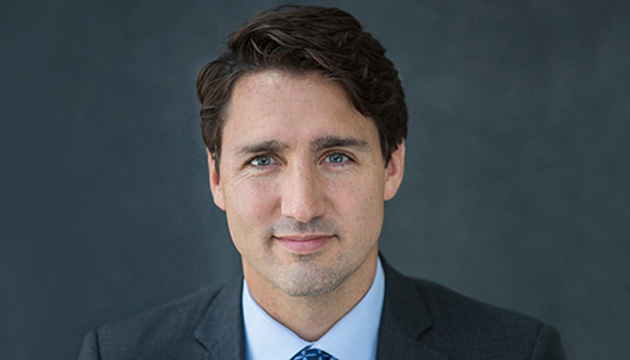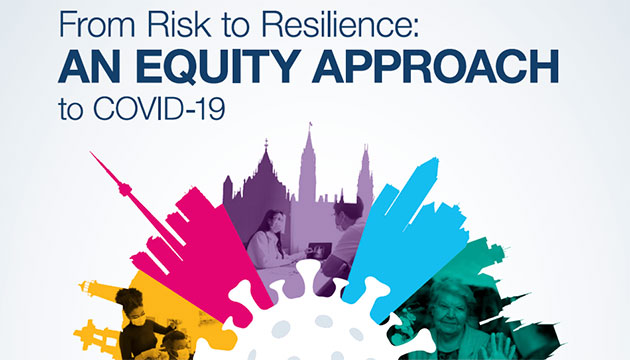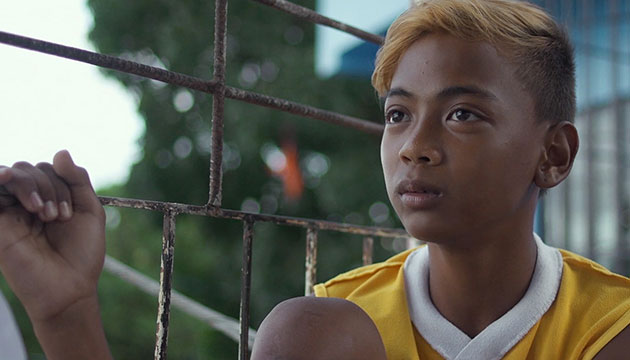Eleanor Guerrero Campbell: By the time this issue of Canadian Filipino Net appears online, the Trudeau government would have been in office for a little over a year,
and already it has tabled in Parliament two annual reports on immigration. First, how did it happen? Second, what do the reports contain and what do they say with respect to the remaining election promises?
Rey D. Pagtakhan: Normally, the government tables its report in Parliament “on or before November 1 of each year” as required by the Immigration and Refugee Protection Act. Since the Trudeau government took office three days after this deadline and Parliament was not in session until a month later, the 2015 Annual Report could only be tabled in March 2016; the next Annual Report was tabled on time last October 31st. Each Report covers“the operation of the Act and other aspects of the immigration system” for the outgoing calendar year (the major content) and highlights “the immigration level plans” for the incoming year.
These Reports and the speech the Minister gave in Manila on August 11, 2016 at the Canadian Chamber of Commerce in the Philippines give us confidence to say that fulfillment of the remaining election commitments, except one, either has been achieved or progressing well. On the issue of refugees, Minister John McCallum said: “Our Government will continue to renew and expand Canada’s refugee resettlement program.”The Interim Federal Health Program that provides temporary health benefits to refugees and refugee claimants – discontinued by the previous government – “has now been fully restored.” The Prime Minister’s pledge to assume a major role in the global challenge posed by the Syrian refugee crisis is a humanitarian act par excellence – supported by the great majority of Canadians, received with deep gratitude by the refugees, and duly acknowledged by global leaders.
Indeed, it was a great achievement to swiftly
resettle 25,000 Syrian refugees in Canada.
On the one promise we touched in Part 3 which is close to the hearts of immigrant communities, the IRCC Minister spoke with pride: “I am also proud that we made great progress in reducing processing times for spouses and families. Reuniting spouses and families quickly and efficiently will continue to be a priority going forward.”
EGC: These changes are laudable. While on this point, how close are we to realizing (1) the elimination of the $1,000-Labour Market Impact Assessment fee for Canadian families in need of caregivers to help their family members with disabilities, and (2) the development of a system of regulated companies to hire caregivers on behalf of families and to protect caregivers from employers?
RDP: Still in progress but deeply committed. The Minister articulated on these issues while in Manila with the Philippine Canadian Chamber of Commerce and again in his 2016 Annual Report. He said:
“The Government of Canada will make it easier and simpler for Canadian families to hire foreign workers to help them care for their loved ones; …will work with the provinces and territories towards developing a system of regulated companies to hire caregivers on behalf of families… (And) to make it simpler for families to hire caregivers and protect caregivers by allowing them to change employers in case of bad relations or abuse.”
To underscore his proposal to provide better protection to caregivers, he even personalized it by confiding that his 92-year-old mother “has a Filipino caregiver who gives her wonderful service” and by acknowledging that “caregivers are a major part of the immigration that comes in from the Philippines every year.”
He re-affirmed that “the Government will also seek to modify the Temporary Foreign Workers Program to eliminate the $1,000 Labor Market Impact Assessment fee to hire caregivers for family members with disabilities. It's something we're in the process of doing.”
EGC: How about the promises respecting temporary foreign workers and international students?
RDP: Two programs encompass the temporary foreign workers, namely, 1) the Temporary Foreign Worker (TFW) Program which allows an employer, following approval through a Labor Market Impact Assessment (LMIA), “ to fill acute labor shortages on a temporary basis by demonstrating that there is a need for a foreign worker to fill the job and that no qualified Canadians or permanent residents are available;”and 2) the International Mobility Program (IMP) which “facilitates the entry of foreign nationals holding work permits that are not subject to an LMIA, and whose primary objective is to advance Canada’s broad economic and cultural national interests.” In 2015, IRCC admitted 73,111 individuals to Canada under the TFW Program and 176,772 under the IMP, of whom 43,573 work permit holders (17.43%) subsequently obtained permanent residency – an increase of just under 2.00% from the preceding year. We cannot ascertain the proportion of the two streams which went on to become permanent residents since no breakdown of the two was provided. There will be greater interest to know what percentage of the TFW group – who came to respond to an acute labor need - actually applied for permanent residency and how many of them were successful.
Of international students, the Minister said:
“International students bring with them new ideas and cultures that enrich the learning environment within Canadian educational institutions. They also make a major economic contribution—international students spend more than $11.4 billion dollars in Canada annually; are well prepared for the Canadian labor market, and can integrate quickly into Canadian society, primarily due to their Canadian educational credentials.”
This is a notable acknowledgement coming from the Minister and reflects the value the government attaches to them. Last year, Canada received nearly 188,000 international student applications – an increase of 6.4% - and issued 125,783 new study permits. A total of 5,829 international study permit holders became permanent residents. The Report also reiterated that “reforms will be explored for the Canadian Experience Class Program to reduce barriers to international students.” Moreover, “the Government of Canada will move to restore the residency time credit given to international students and other temporary residents to make it easier to become a Canadian citizen.”
The Minister does not think every immigrant-applicant needs to undergo a labor market impact assessment process. In Manila last August, he told his audience he would “make it easier for them to come in under Express Entry and do more to court the younger university students from the Philippines to see if they would like to come and become students in Canada… and for successful university students to then become permanent residents.” I add that provincial nominee programs maybe an avenue to permanent residency for international graduates following completion of their studies.
However, why not treat temporary foreign workers and international students with equal preference for permanent residency status? If the former are qualified enough to help during Canada’s acute labor need, they should be qualified enough to pursue their dream of a better life in Canada.
EGC: I cannot agree more. On the last remaining promise: What is the latest on remittances? The remittance industry is a multi-billion enterprise worldwide.
RDP: I have not ascertained any progress nor heard of any first step taken on this promise. Naturally, Canada would like its workers to have access to safe and low-cost transfer services when sending money overseas to help family members and to not be gouged by high fees. Whether the Government of Canada has begun to motivate Canada Post and more of our chartered banks to encourage competition and consulted with the provincial governments to regulate the industry is not known. Since it is a truism that absence of evidence is no evidence of absence, the Canadian government may well be on top of the issue but is not quite ready yet to make any announcement.
EGC: Let me conclude with the similar questions that Prod and Eleanor Laquian of our CanFilNet Board asked at the start of our series. He, in fact, entitled his editorial “Will Trudeau’s Promise of Kinder Immigration Come True?” and she in her introduction to our series concluded “Has he delivered on this (a kinder and humanitarian immigration policy)?”
RDP: Yes, the Trudeau government has delivered on the major promises in its immigration election platform and work is progressing well on the remainder, except in one – on remittances. Since it has been in office for only a quarter of the usual four-year term for a federal government, I trust we will see the fulfillment of all promises by the end of its present mandate.
What we have seen to date is the balancing ofthe three dimensions of Canada’s immigration policy: economic, social and humanitarian. It is no longer dominantly manpower-driven; it has become once more a vital nation-building tool. The IRCC Minister has sent clear signals of the laudable direction he has embarked on. At the same time, vigilance remains in order in light of current world events in Europe and south of the border. Even more important is for Canada to sustain its confident optimism in the generosity and decency of our people and in their determination to work hard and succeed.
Related articles:
Canada’s Immigration Policy: Promise and Performance (Part 3 of a Series)
http://canadianfilipino.net/commentary/304-canada-s-immigration-policy-promise-and-performance-part-3-of-a-series
Canada’s Immigration Policy: Promise and Performance (Part 2 of a series)
http://canadianfilipino.net/commentary/300-canada-s-immigration-policy-promise-and-performance-part-2-of-a-series
Canada’s Immigration Policy: Promise and Performance (Part 1 of a series)
http://canadianfilipino.net/commentary/296-canada-s-immigration-policy-promise-and-performance-part-1-of-a-series













